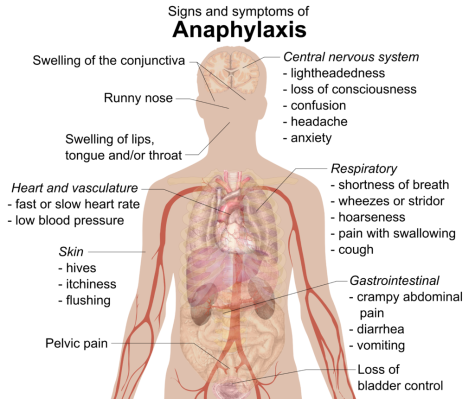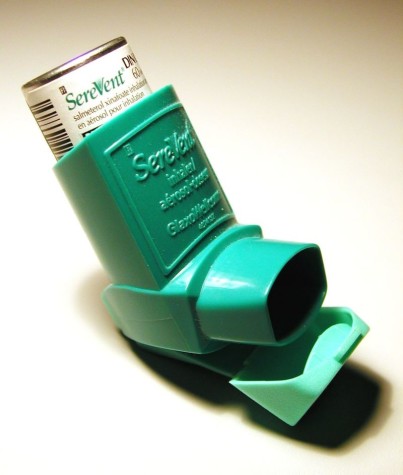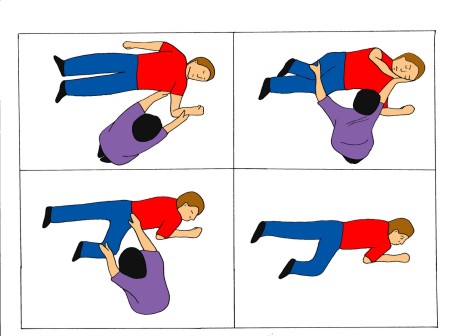How to Deal with Common Medical Emergencies
May 3, 2015
Recently there have been quite a few code yellow drills in the school due to medical emergencies, so it’s important to know what to do in a medical emergency.
Anyone could have a medical emergency at any given point in time. As a lifeguard, I have found that there are lots of people out there who have medical emergencies quite often, though without them telling us, we would never know.
Maybe the student sitting next to you has a severe peanut allergy, or asthma, or even suffers from chronic seizures.
Junior Victoria Acton has become aware of the increase of emergencies at school.
“I know that when there is a code yellow drill at school they lock all the doors and you have to stay in your classroom,” said Acton. “But if someone had some kind of emergency and I was the only one there…I don’t know what I would do.”
The last thing you would want is for someone to have a medical emergency right next to you, and you don’t know how to react. It is always a good idea to be familiar with how to deal with common emergencies.
Allergic Reaction/Anaphylaxis:
Different people have varying degrees of reactions when they are exposed to their allergy. Some common symptoms of allergic reactions are hives, rashes, or, in more severe cases, anaphylaxis; an acute allergic reaction to an antigen to which the body has become hypersensitive.

Photo By: Mikael Häggström via Wikimedia commons
If someone is prone to severe reactions, they should carry an EpiPen with them at all times. If someone has an allergic reaction near you, locate their EpiPen, take off the cap and follow the directions.
Most epipens need to be put in the upper thigh. If you are helping someone that has had a reaction, call 911 or delegate someone to do it for you immediately.
Asthma is a common disease in high schools, so an attack can still happen any time.
The signs of an asthma attack are often impaired breathing because the throat is inflamed. If you are with someone who is having an asthma attack, the first thing you want to do is remove them from whatever triggered their attack if it is obvious.

Photo Via: Wikimedia commons
Then try to determine if they have some kind of emergency action plan like an inhaler. Junior Megan Keuler is a lifeguard and knows what to do in this situation.
“The first thing you need to do is have them sit down, and then find their inhaler,” said Keuler. “If they don’t have one, you can use someone else’s, and follow the directions [on the inhaler].”
Following directions on whatever inflammatory device they have is one of the most important step in saving someone’s life. If there is no inhaler or the attack is very severe, call 911 immediately.
The common signs of a seizure are involuntary and erratic movements and falling in and out of consciousness.
A bystander will often be confused and shocked when they see someone fall into a seizure, but as in every emergency, it is important to stay calm.

Photo via: https://magic.piktochart.com/output/1584415-epilepsy-awareness
Seizures don’t always require extra medical assistance, but if the seizure seems to have been triggered by a concerning circumstance, such as after a head injury, in water, or if it is prolonged, always call 911.
If you are in doubt of whether or not you should call 911, always call. You are better safe than sorry.
While you are waiting for medical assistance, get them to the floor if at all possible. Lay the person on their side and hold their head. Also keep them away from any objects since they will be flailing around, and you don’t want them to further injure themselves.
Biology teacher and certified EMT Edward Bailey has some background knowledge on this topic.
“The biggest thing you can do is just keep the area clear. Don’t try and restrain them, just let them do what they are doing,” said Bailey. “Remove any desks or anything that they could hit their head on. Then go to the nurse right away or summon any EMT’s that are around.
There will always be emergencies to deal with so knowing how to handle them could prove to help you in future situations.



